Overview
Sexual abuse in correctional facilities is a widespread and serious problem across the U.S. Men, women, and children suffer assault and violence while in prison from other inmates, staff, and correctional officers, and many feel as though they have no way to seek justice.
Our Survivor Advocacy team is here to stand up for people who suffered sexual assault while incarcerated. Regardless of your age, gender, sentence, or circumstance, abuse is never acceptable and it is never your fault. Reach out at 331-425-8022 or fill out our case evaluation online for a free, confidential conversation with our team.
The National Sexual Assault Hotline provides confidential support 24 hours a day, seven days a week. They can be reached at online.rainn.org and 1-800-656-4673.
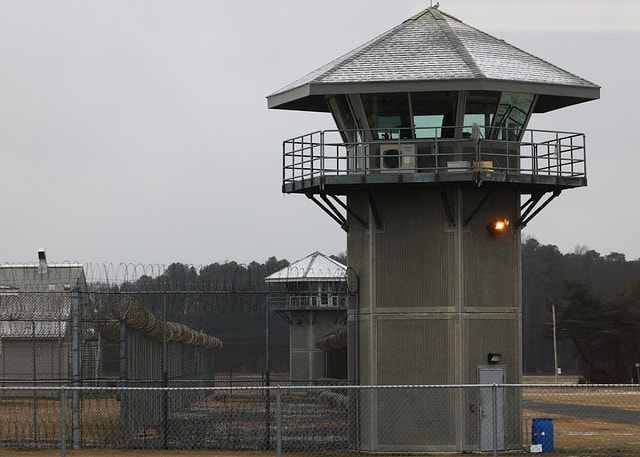
Image by Pixabay.
Case Team
Principal Attorney: Molly Condon Wells
Principal Paralegals: Morgan Kapping, Nicole Diaz
Supporting Attorney: Alexandrea M. Messner
Supporting Paralegal: Mirena Fontana
Legal Assistant: Leena Yaqub
Sexual Abuse in Correctional Facilities: Survivors Seek Justice
Injury
What is sexual abuse?
Sexual abuse is any act of sexual contact that someone suffers without their consent. Consent can refer to someone’s agreement to participate in sexual acts, or to legal consent—for example, a child cannot legally provide consent.
Sexual abusive conduct can include:
- Unwanted sexual touching or molestation
- Sexual assault
- Forcing or coercing someone into sex acts, including oral and anal sex
- Rape
Abuse is not limited to physical acts—it can also include sexual comments and interactions. While many people have a set idea of what sexual abuse means, abuse can take many forms and happen to many different kinds of people. Regardless of your age, gender, or circumstance, sexual assault is never your fault.
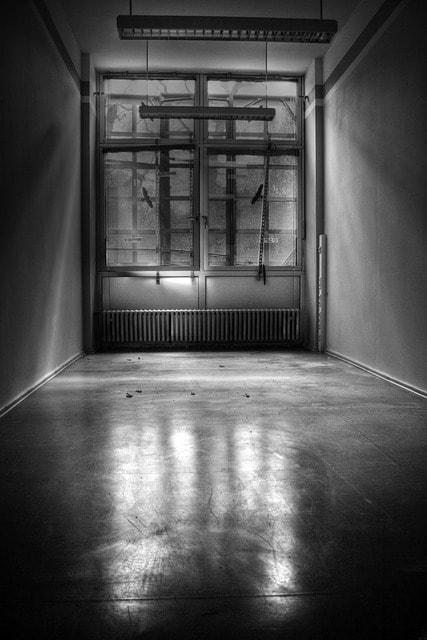
Image by Pixabay.
Sexual abuse in prisons and correctional facilities
Many people in prison experience sexual violence from other incarcerated people, facility staff, or both. The Bureau of Justice Statistics categorizes abuse from other inmates as:
- Nonconsensual sexual acts, including rape and penetration;
- Abusive sexual contact, including intentional sexual touching; and
- Sexual harassment.
Abuse by correctional officers and staff is classified as:
- Staff sexual misconduct, including sexual touching, sexual acts, indecent exposure, invasion of privacy, and any sexual relationships with inmates; and
- Staff sexual harassment, including demeaning comments, suggestive language, or obscene language and gestures.
According to federal law, incarcerated people don’t have the legal ability to consent to sexual activity with facility staff due to the control that staff have over inmates. That means that all sexual relations between correctional officers and imprisoned people are illegal and qualifies as sexual abuse.
The long-term consequences of sexual abuse in prisons and detention centers
Sexual violence in correctional facilities is an urgent public health issue that has serious consequences for individuals and for society. The trauma of abuse can have long-term health impacts, including a higher risk of:
- Anxiety
- Depression
- Post-traumatic stress disorder (PTSD)
- Substance use issues
- Suicidality and self-harm
- Obsessive-compulsive disorder (OCD)
- Bipolar disorder
- Suffering further violence, inside or outside of prison
- Communicable diseases, including HIV
Evidence indicates that the effects of sexual violence may be more severe for those in prison than for those in broader society. Sexual assault is traumatic in any situation, but in an institution where your life is completely controlled it can be devastating. People in prisons have limited community and family support, limited medical and mental health care, and limited access to victim services. This means they have less access to resources that can help them heal from the trauma and move forward.
Sexual abuse in prisons forms part of a system that reinforces violence and harms people both inside and outside of the justice system. People who end up in prison are often survivors of prior abuse . This makes them more vulnerable to further violence in correctional facilities. When people are released after serving their time, the mental and physical health consequences follow them into their communities. These effects concentrate in poorer, non-white areas, where people are in turn more likely to be incarcerated.
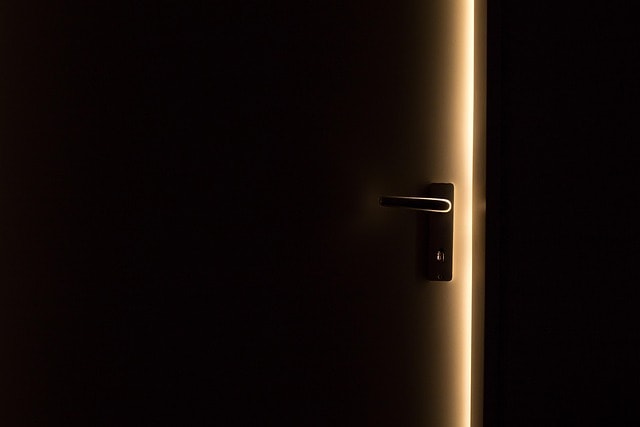
Image by Pixabay.
Barriers to coming forward about prison sexual assault
Talking about sexual abuse can be overwhelming and painful. Sexual abuse in prison can be even more difficult to discuss due to the circumstances of the assault. Prisons are closed institutions with very little transparency. In some facilities, a “culture of brotherhood” among staff means that abuse is covered up. And because staff have power and control over people in custody, there is a high risk of retaliation.
Many people who have been assaulted in prison also struggle to come forward due to feelings of shame or fear of social stigma. They may have learned that they will not be believed or helped, even if they do report an assault.
Plaintiff & Defendant
A system of sexual violence
State and federal governments run a network of jails, prisons, and detention centers across the country. According to the United Nations, U.S. prisons are some of the worst in the world for violations of human rights, especially against non-white Americans.
The rate of sexual violence in prisons varies by age, race, gender, and other factors, but sexual abuse is common across all demographics. Estimating the exact prevalence is difficult—sexual assault is underreported across the U.S. and prisons lack oversight and accountability—but some studies have found that the rate of victimization in correctional facilities may be as high as 41%.
In 2019, there were 38,132 reported allegations of sexual abuse in adult prisons. These numbers are increasing every year, with the number of allegations tripling between 2011 and 2015—likely due to increased reporting and accountability.
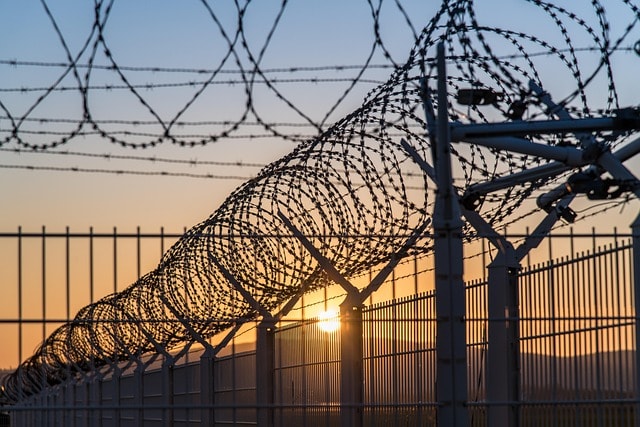
Image by Pixabay.
Civil lawsuits seek justice for people sexually abused in correctional facilities
The U.S. legal system provides two avenues for seeking justice: civil and criminal lawsuits. While criminal cases may lead to convictions and jail time, civil claims award financial compensation in order to help the plaintiff recover from the harm caused.
Plaintiffs can and often do go through both civil and criminal lawsuits. Even if criminal litigation is unsuccessful, the individual can file a civil lawsuit to seek justice.
In a sexual abuse civil lawsuit, your legal team will work to prove that the correctional facility was negligent in allowing the assault to occur. The complaint often names several defendants, including the perpetrators of the assault, the correctional facility, and the state justice organization in charge of protecting inmates’ safety.
Understanding damages
In a successful civil case, the plaintiff is awarded damages, or a monetary amount compensating them for the injuries they suffered. While money can never make up for what someone has gone through in a sexual abuse case, it can help provide the resources to heal and move forward. Compensation can also help offset the devastating financial toll that abuse can take—according to the National Sexual Violence Resource Center, the estimated cost of rape is more than $100,000 over each adult survivor’s lifetime.
Damages can compensate people for losses including:
- Medical bills
- Cost of therapy
- Pain and suffering
- Emotional distress
- Loss of enjoyment of life
Civil cases are not only about seeking compensation for survivors. They are also about justice: making sure that the stories of those who were neglected and silenced by the system are heard. By demanding accountability, civil cases can draw attention to broken systems and force the institutions behind systemic harm to change.

How long do I have to file a correctional facility abuse lawsuit?
The timeline of filing a lawsuit is determined by the statute of limitations, or the legal deadline for bringing a case. The statute of limitations depends on a variety of factors, including state and federal law and the plaintiff’s age at the time of the abuse. Many states are passing or considering laws that extend the statutes of limitation in cases of child sex abuse.
Even if the abuse happened years ago, you may still have a claim. The best way to find out if you can bring a civil lawsuit is to talk to an experienced attorney about your potential case.
Landscape
What causes sexual violence in prisons?
The way a facility is operated and managed affects the rates of sexual violence. But the context of prisons inherently raises the risks for incarcerated people: the community is closed and access is highly restricted, staff have near-total power over inmates, and inmates’ rights are limited.
Studies have found a “culture of brotherhood” among corrections staff in which officers protect each other and cover up violence. Overcrowding and understaffing across the country, combined with inconsistent oversight and accountability, has led to rampant abuse. And retaliation is common for people who speak up. Inmates have reported violence, denial of necessary medical treatment, the loss of prison jobs, solitary confinement, and the extension of sentences after reporting sexual assault.
Sexual assault occurs across all correctional facilities
Data collected through the Prison Rape Elimination Act (PREA) has confirmed that sexual violence occurs across all correctional facilities, including men’s prisons, women’s prisons, and juvenile detention centers.
Juvenile facilities
Juvenile detention facilities have a legal responsibility to keep children safe while helping them learn new patterns of behavior. However, correctional youth centers across the U.S. have failed in their duty to the kids and teens in their care. Instead, they expose these children to sexual abuse from correctional officers, nurses, staff members, and other children.
It can take years or even decades for survivors of child sexual abuse to feel comfortable coming forward, especially if they were abused by someone in a position of power. Many states have extended the deadlines for youth survivors to file, making it possible for people to achieve justice. In Illinois, hundreds of plaintiffs are suing Illinois Youth Centers over allegations that the state failed to protect them from systemic abuse.
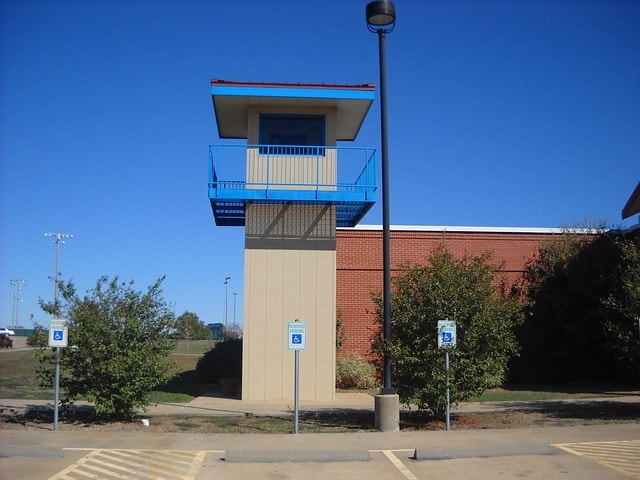
Image by Pixabay.
Men’s prisons
Research indicates that between 2 and 5 percent of men in prison are sexually assaulted over a six-month period, but the real number may be much higher. Sexual abuse is underreported across the board, and men are even less likely to report assault than women.
Male inmates may be assaulted by correctional officers, staff members including doctors and therapists, and other incarcerated people. Many men never talk about their abuse due to feelings of shame, fear that they won’t be believed, or fear of judgment. But no matter what someone’s sex or situation, sexual abuse is never the survivor’s fault.
Women’s prisons
Abuse in women’s prisons has historically been less researched than abuse in men’s prisons, but recent lawsuits are confirming its prevalence. A 2022 investigation by a Senate committee found that employees of the Federal Bureau of Prisons (BOP) abused female prisoners in at least two-thirds of federal prisons over the past decade.
Incarcerated women suffer abuse from correctional staff, officers, and other inmates. Many people feel that they have no way to access systems of justice or hold perpetrators accountable, especially when abusers are in positions of power.
The legal background of prison rape and assault
State and federal laws provide protections for incarcerated people and legal ways to make sure perpetrators are held accountable. Sexual abuse in prison violates individuals’ constitutional right prohibiting “cruel and unusual punishment”—while incarcerated people have been sentenced to time in jail, they still have human rights.
In 2003, Congress passed the Prison Rape Elimination Act (PREA), the first federal law working to end prison sexual assault. Since its passage, PREA has:
- mandated data collection and research in federal, state, and local correctional facilities;
- provided funding to prevent sexual violence; and
- created and charged the National Prison Rape Commission to develop standards to eliminate sexual abuse in prisons.
The final standards by the National Prison Rape Commission require facilities to institute zero-tolerance policies for sexual abuse, provide health care to inmates, and ensure that incarcerated people can speak confidentially with advocates.
However, PREA still has yet to be fully implemented across the U.S. As of 2017, 31 states had not fully complied with PREA standards. Sexual abuse in correctional facilities continues to be a widespread problem, with organizations and advocates calling for better responses to sexual violence, better training, a clearer understanding of inmates’ rights, better healthcare, and stronger policy.
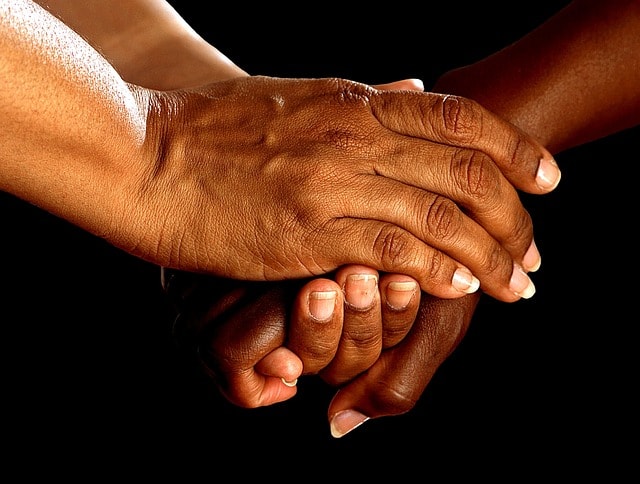
Image by Pixabay.
Timeline
February 2025 — Individuals allege systemic abuse at Illinois juvenile justice facilities.
Hundreds of people come forward alleging systemic sexual abuse at Illinois juvenile justice facilities.
December 2024 — Class action settled on behalf of women abused at California prison.
The Bureau of Prisons (BOP) settles a class-action lawsuit on behalf of hundreds of women abused in a California prison. The historic settlement awards nearly $116 million for 103 women.
2023 — Child Victims Act extends statute of limitations in Maryland.
Maryland passed the Child Victims Act, extending the statute of limitations on sexual abuse cases. Thousands of people are suing the state for abuse in juvenile facilities.
September 2023 — UN report details human rights violations in U.S. prisons.
A United Nations report details “shocking” violations of human rights in U.S. prisons.
March 2023 — A report by the Sentencing Project found recurring sexual abuse in state-run juvenile detention facilities in 29 states and Washington, D.C. between 2000 and 2015.
August 2012 — The Department of Justice establishes the National Prison Rape Elimination Commission to “prevent, detect, and respond to prison rape.”
2003 — The Prison Rape Elimination Act (PREA) is passed in Congress. PREA requires annual reporting and analysis of the incidence of prison rape and the development of strategies to reduce sexual assault in correctional facilities.
2001 — Human Rights Watch publishes “No Escape: Male Rape in U.S. Prisons,” an influential report detailing the abuse many people face while incarcerated.
1971 — The Supreme Court recognizes people’s ability to sue federal officials for constitutional violations.
Contact
Survivor Advocacy at Wallace Miller
Prison abuse lawsuits are often complicated and involve going up against powerful organizations and state systems. Our team of Survivor Advocacy attorneys can help gather evidence, navigate the justice system, and fight for your case.
At Wallace Miller, Survivor Advocacy means standing beside survivors as they make empowered decisions about their rights, their cases, and their futures. Our team is small enough to give dedicated attention to every case we take on, and big enough to go up against powerful institutions like the prison system.
Initial conversations with our team of professionals are completely free and hold no obligation. We take our responsibilities to survivors seriously—all information potential clients share with our team is confidential, and we only proceed with the legal action that our clients choose.
If you suffered sexual misconduct at a correctional facility, reach out to our office at 331-425-8022 or fill out our case evaluation online. Our Survivor Advocacy team can help you evaluate your potential case and discuss the best path forward.

Wallace Miller partner Molly Condon Wells.

